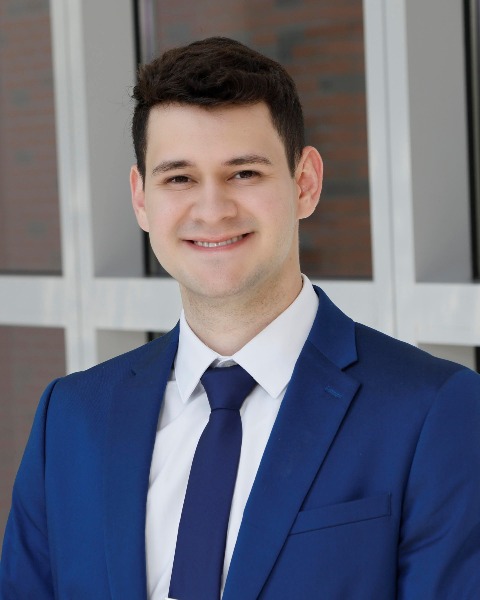Back
Introduction: The next generation of physicians must be able to provide competent care to an increasingly diverse patient population. Understanding patient barriers to seeking/accessing healthcare of underserved and underrepresented communities is critical. Our objective was to assess patient-perceived barriers to seeking and accessing healthcare. We compared barriers reported by patients attending our University Hospital (UH) vs. patients attending a community free clinic.
Methods: Urology patients at our University Hospital (n=232) or being seen at a community free clinic (Urology: n=46, Non-Urology: n=137) completed a short survey following their visit, which assessed demographics, visit satisfaction, and barriers towards seeking and accessing healthcare across four domains: financial/insurance, cultural/language, condition stigma, health literacy.
Results: Urology patients seen at the community clinic reported more barriers compared to non-Urology patients at the clinic and Urology patients seen at UH (p < 0.05). Community clinic Urology patients reported financial/insurance more barriers (p < 0.01), particularly compared to UH patients (p < 0.001). Linear regression modeling on our UH patients indicated that race (p=0.009) and how sensitive the patient perceived their doctor to be to their cultural needs (p=0.008) predicted satisfaction with their visit (p < 0.001), while gender (p=0.007), race (p=0.051, marginal), native language (p=0.041) predicted whether they would recommend their provider.
Conclusions: As we consider training the future workforce, educators must consider the increasingly diverse patient population that we serve, as well as the communities and settings in which they are seen. We should also consider that many academic institutions may see more affluent patient populations, so additional training should be given to learners where possible. SOURCE OF
Funding:
Funding: OSU Undergraduate Research Apprenticeship Program, OSU College of Medicine Educational Research Stimulus Grant, American Educational Research Association’s Education Research Service Projects Program, Arnold P. Gold Foundation

Moderated Poster Session
Session: MP49: Global Health/Humanitarian
MP49-02: Identifying Patient-Perceived Barriers to Seeking and Accessing Healthcare: The Role of Social Determinants of Health
Sunday, April 30, 2023
7:00 AM – 9:00 AM CST
Location: S401A

Dairon Denis-Diaz, BS
The Ohio State University
Poster Presenter(s)
Introduction: The next generation of physicians must be able to provide competent care to an increasingly diverse patient population. Understanding patient barriers to seeking/accessing healthcare of underserved and underrepresented communities is critical. Our objective was to assess patient-perceived barriers to seeking and accessing healthcare. We compared barriers reported by patients attending our University Hospital (UH) vs. patients attending a community free clinic.
Methods: Urology patients at our University Hospital (n=232) or being seen at a community free clinic (Urology: n=46, Non-Urology: n=137) completed a short survey following their visit, which assessed demographics, visit satisfaction, and barriers towards seeking and accessing healthcare across four domains: financial/insurance, cultural/language, condition stigma, health literacy.
Results: Urology patients seen at the community clinic reported more barriers compared to non-Urology patients at the clinic and Urology patients seen at UH (p < 0.05). Community clinic Urology patients reported financial/insurance more barriers (p < 0.01), particularly compared to UH patients (p < 0.001). Linear regression modeling on our UH patients indicated that race (p=0.009) and how sensitive the patient perceived their doctor to be to their cultural needs (p=0.008) predicted satisfaction with their visit (p < 0.001), while gender (p=0.007), race (p=0.051, marginal), native language (p=0.041) predicted whether they would recommend their provider.
Conclusions: As we consider training the future workforce, educators must consider the increasingly diverse patient population that we serve, as well as the communities and settings in which they are seen. We should also consider that many academic institutions may see more affluent patient populations, so additional training should be given to learners where possible. SOURCE OF
Funding:
Funding: OSU Undergraduate Research Apprenticeship Program, OSU College of Medicine Educational Research Stimulus Grant, American Educational Research Association’s Education Research Service Projects Program, Arnold P. Gold Foundation
